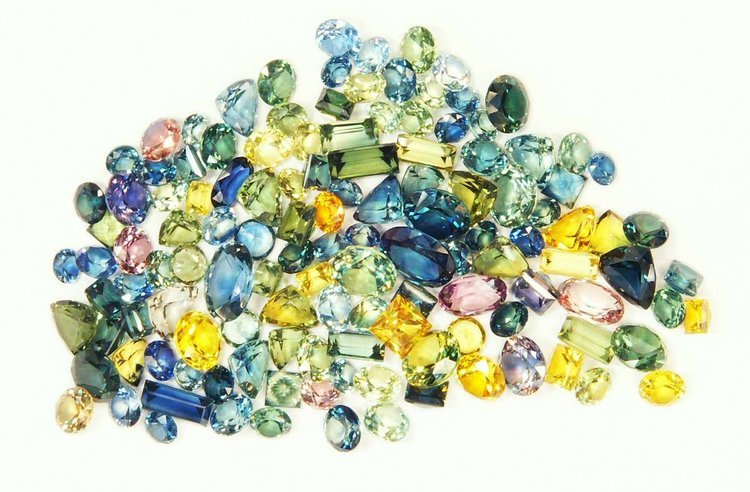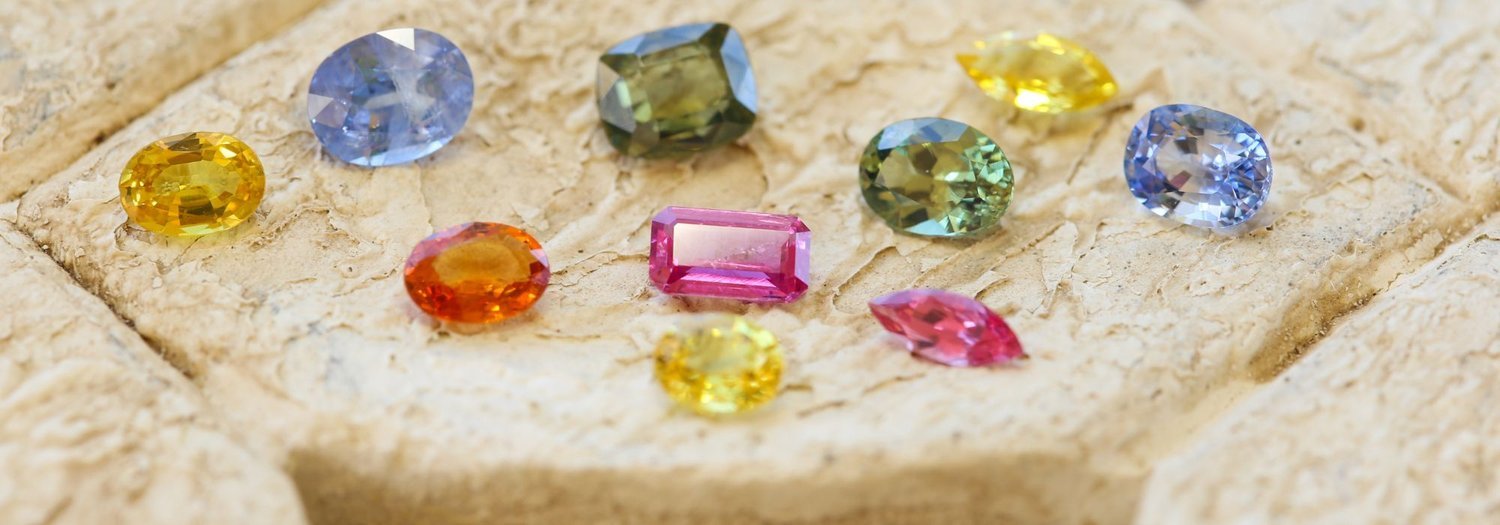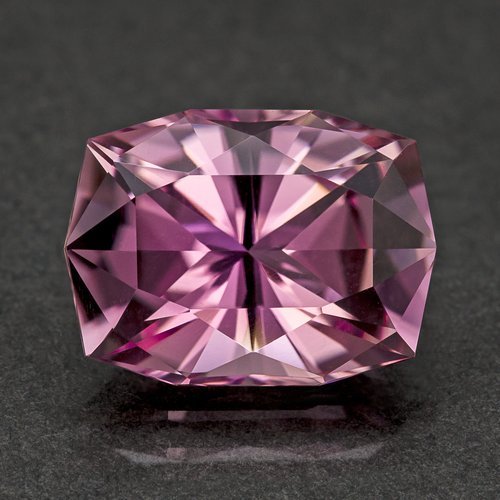Gemstones
Responsibly sourcing stones presents very different challenges to metal sourcing. Makers who are committed to ethical sourcing will need to find suppliers who are able to answer questions about the origins of their stones, and the conditions under which they were mined and cut. In more recent years synthetic and antique gemstones have emerged as an alternative to natural gemstones.
We’ve explained some of the key issues here around stone sourcing and how to source gemstones responsibly.





